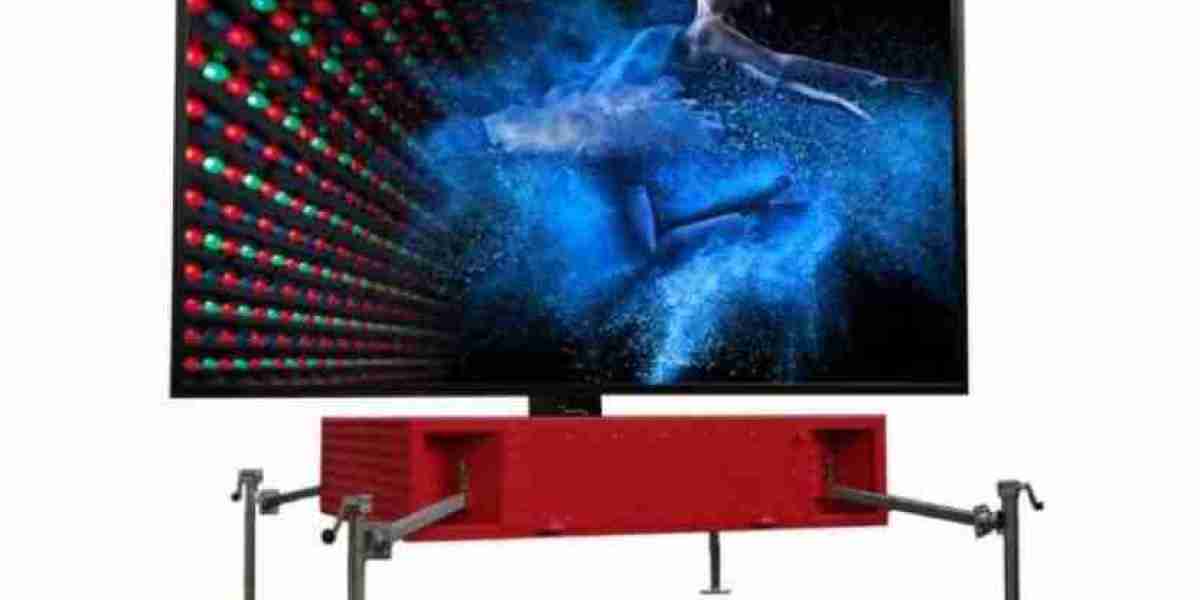The world of 3D printing and digital fabrication is evolving at an unprecedented pace, transforming industries and redefining the way products are designed, manufactured, and distributed. What once started as a niche technology for rapid prototyping has now become a driving force behind innovation in healthcare, automotive, fashion, and even construction.
At the heart of this revolution lies the evolution of 3D printing files, the digital blueprints that turn ideas into tangible objects. From the early days of basic STL files to the advanced capabilities of modern formats like 3MF, the journey of digital fabrication has been one of continuous refinement and groundbreaking progress.
In this article, we explore the transformation of 3D printing files, the impact of digital fabrication across industries, and what the future holds for this cutting-edge technology.
The Evolution of 3D Printing Files
Early Days: STL Files and Basic Prototyping
The history of 3d printing files began with STL (Standard Tessellation Language), the first widely adopted file format for additive manufacturing. Developed in the late 1980s, STL files became the backbone of 3D printing due to their simplicity and ease of use.
However, STL had its limitations:
- It only contained geometric data, with no information about color, material, or texture.
- The file format often required extensive repairs before printing.
- Complex designs suffered from resolution issues due to triangular mesh approximations.
Despite these drawbacks, STL files paved the way for the widespread adoption of 3D printing technology.
Advancements: OBJ, AMF, and 3MF Files
As digital fabrication advanced, new file formats emerged to address STL's limitations:
- OBJ (Object File Format): Introduced the ability to store color and texture data, making it useful for more intricate 3D models in industries like gaming, animation, and industrial design.
- AMF (Additive Manufacturing File Format): Designed as an improved STL alternative, AMF supported color, texture, material properties, and even lattices, making it more versatile for additive manufacturing.
- 3MF (3D Manufacturing Format): Developed by the 3MF Consortium, this format became the new industry standard, offering:
- High precision without excessive file size.
- Full support for colors, materials, and multi-part assemblies.
- Enhanced interoperability between different software and hardware.
The evolution from STL to 3MF represents a leap in efficiency, accuracy, and functionality, making 3D printing more accessible and powerful than ever.
How Digital Fabrication Has Transformed Industries
3D printing and digital fabrication are no longer confined to prototyping—they are revolutionizing entire industries.
Healthcare & Medicine
The medical field has embraced 3D-printed prosthetics, implants, and bioprinting of tissues and organs. Personalized solutions tailored to individual patients are now possible, reducing costs and improving outcomes.
Automotive & Aerospace
Lightweight, high-strength components are now produced using 3D printing, reducing material waste and enhancing performance. Aerospace companies like SpaceX and Boeing use additive manufacturing to produce complex parts that would be impossible with traditional methods.
Fashion & Design
Digital fabrication has redefined the fashion industry, enabling customized, sustainable clothing and accessories. Designers experiment with intricate structures and materials, pushing the boundaries of wearable technology.
Construction & Architecture
3D printing is now used to create entire houses and commercial buildings, offering a faster, more cost-effective, and sustainable construction method. Innovations in concrete and biocompatible materials allow for structures to be built in days instead of months.
The Role of AI & Automation in 3D Printing
Artificial intelligence (AI) and automation are accelerating the capabilities of digital fabrication.
- Generative design: AI-driven software can create optimized models based on performance needs, reducing material use and enhancing durability.
- Automated file optimization: AI-powered algorithms detect and fix errors in 3D printing files before manufacturing, ensuring higher success rates.
- Cloud-based collaboration: Designers can now work on 3D projects from anywhere in the world, sharing files and real-time updates through cloud platforms.
The Future of 3D Printing Files & Digital Fabrication
As technology continues to evolve, the next frontier of 3D printing will bring:
- AI-generated 3D models that adapt in real time based on user input.
- Blockchain security for digital designs, ensuring intellectual property protection.
- Eco-friendly, bio-based materials for sustainable digital fabrication.
- On-demand, decentralized manufacturing, allowing consumers to print products at home or at local hubs, reducing reliance on global supply chains.
Conclusion
The journey of 3D printing files and digital fabrication has been one of innovation and disruption. From the humble STL file to the advanced 3MF format, the evolution of digital blueprints has unlocked new possibilities across industries, shaping the way we create, manufacture, and interact with objects.
At Phantom 3D Studio, we are at the forefront of this revolution, providing cutting-edge 3D printing solutions that bring ideas to life with precision and efficiency. As we look toward the future, the possibilities for digital fabrication are endless—unlocking creativity, sustainability, and technological breakthroughs that will shape the world of tomorrow.






